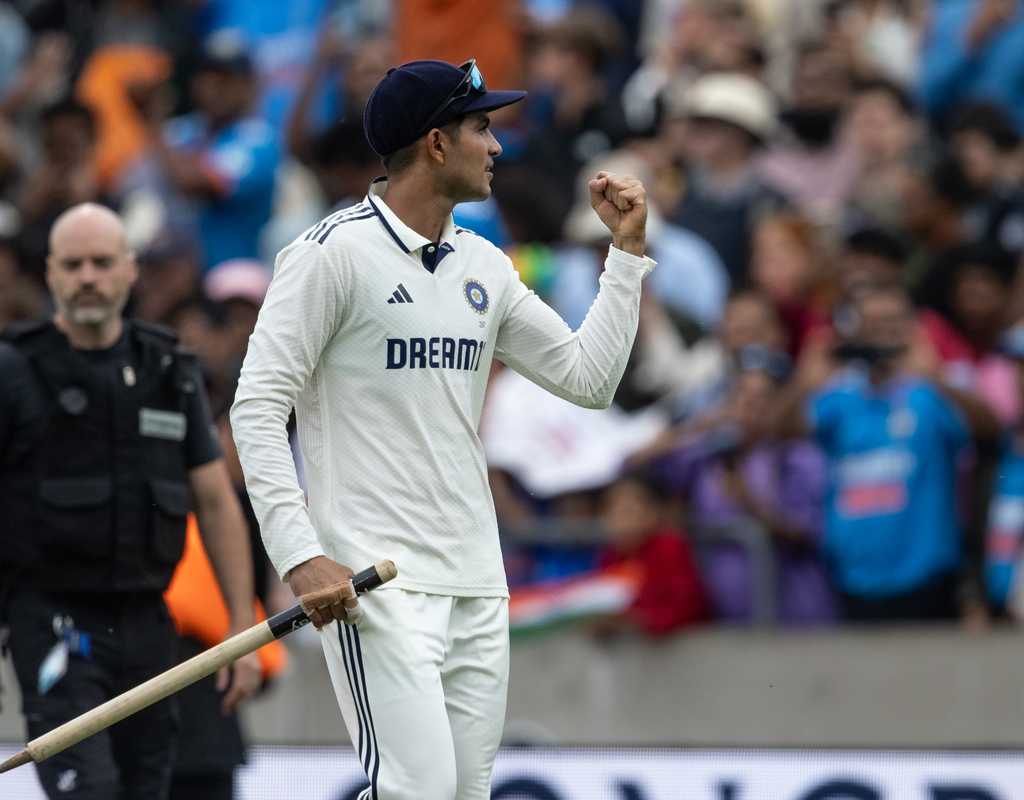India staged an exhilarating comeback in a nail-biting fashion to level the series against England at 2-2. The action-packed series saw both teams fighting tooth and nail, with each match showcasing the grit and determination of the players on both sides.
In recent years, there has been a recurring theme at the conclusion of India-England series where the final scoreline does not truly reflect the intensity and competitiveness of the games. The 2-2 result in this series seems to have garnered consensus as a fair outcome for a contest that swung back and forth, highlighting the impact of crucial moments and individual performances.
Despite the deadlock in the series, India can take pride in their performance, especially considering the team’s transition phase under a young new captain. The team’s ability to win two Tests and draw level against a formidable English side is commendable, showcasing their potential for greater success in the future.
However, the series also revealed some areas of concern for India, as they are now winless in three consecutive Test series. It is essential for the team management, led by captain Shubman Gill and head coach Gautam Gambhir, to delve into introspection and strategize for the future of Indian Test cricket.
One of the key challenges facing India is the team’s bowling department, which has shown vulnerabilities in recent matches. While England is also grappling with finding a new bowling identity post the Anderson-Broad era, India must focus on honing their bowling resources to consistently take wickets and win matches.
The series saw experiments with team composition, notably in the use of all-rounders like Shardul Thakur and Nitish Reddy. However, there is a need for a more structured approach to team selection and strategy, especially in balancing the batting and bowling aspects of the team.
Looking ahead, India must also address the depth and rotation of their pace bowling unit to avoid overburdening key bowlers like Jasprit Bumrah and Mohammed Siraj. Building a pipeline of young pace bowlers and establishing a clear pecking order will be crucial for sustaining success in the long term.
Despite the challenges and areas for improvement highlighted in the series against England, India can draw inspiration from the performances of individual players like Gill, KL Rahul, Ravindra Jadeja, Rishabh Pant, and Yashasvi Jaiswal. The team’s resilience and fighting spirit were evident throughout the series, setting the stage for a promising future for Indian cricket.
As India gears up for the upcoming home series against West Indies and South Africa, they have an opportunity to build on the lessons learned from the England tour, refine their strategies, and continue their quest for Test cricket glory. The echoes of the thrilling series against England will undoubtedly linger in the minds of Indian cricket fans, serving as a reminder of the team’s potential and determination to succeed on the international stage.
### The Importance of Data-Driven Predictions in Cricket
Cricket is a sport that is deeply rooted in tradition and history, but in recent years, the game has seen a significant shift towards data-driven analytics and predictions. This evolution has been fueled by the emergence of advanced statistical tools and technologies that allow teams to analyze players’ performance, opposition strategies, and match conditions with meticulous precision.
Predictive analytics in cricket has become a game-changer, enabling teams to make informed decisions based on historical data, player statistics, and situational analysis. By leveraging data-driven insights, teams can identify patterns, trends, and potential outcomes that can influence their game plan and strategy.
One of the key areas where data-driven predictions have made a significant impact is in player selection and team composition. By analyzing player performance metrics, such as batting averages, bowling strike rates, and fielding efficiency, teams can identify the most effective combination of players for a given match or series.
Moreover, predictive analytics can also help teams assess opposition strengths and weaknesses, allowing them to devise strategies that exploit the opponent’s vulnerabilities and neutralize their strengths. By understanding the intricacies of the game through data analysis, teams can enhance their decision-making process and increase their chances of success on the field.
In the context of India’s recent series against England, data-driven predictions could have provided valuable insights into key areas of improvement for the team. By analyzing performance metrics, match conditions, and historical data, the team management could have identified weaknesses in the bowling department and strategized more effectively to address them.
Furthermore, predictive analytics could have helped India optimize their team composition, balance the batting and bowling aspects, and ensure a more cohesive and structured approach to selection. By leveraging data-driven insights, India could have potentially overcome some of the challenges they faced in the series and achieved better results against England.
As India prepares for the upcoming home series against West Indies and South Africa, the use of data-driven predictions will be crucial in refining their strategies, optimizing team selection, and maximizing their chances of success. By embracing analytics and leveraging the power of data, India can continue to evolve and adapt to the changing dynamics of modern cricket, positioning themselves as a formidable force in the international cricketing arena.
In conclusion, the integration of data-driven predictions in cricket has revolutionized the way teams approach the game, offering a wealth of insights and opportunities for strategic innovation. As the sport continues to evolve, embracing analytics and leveraging data-driven insights will be essential for teams like India to stay ahead of the curve and achieve sustained success in the competitive world of cricket.

